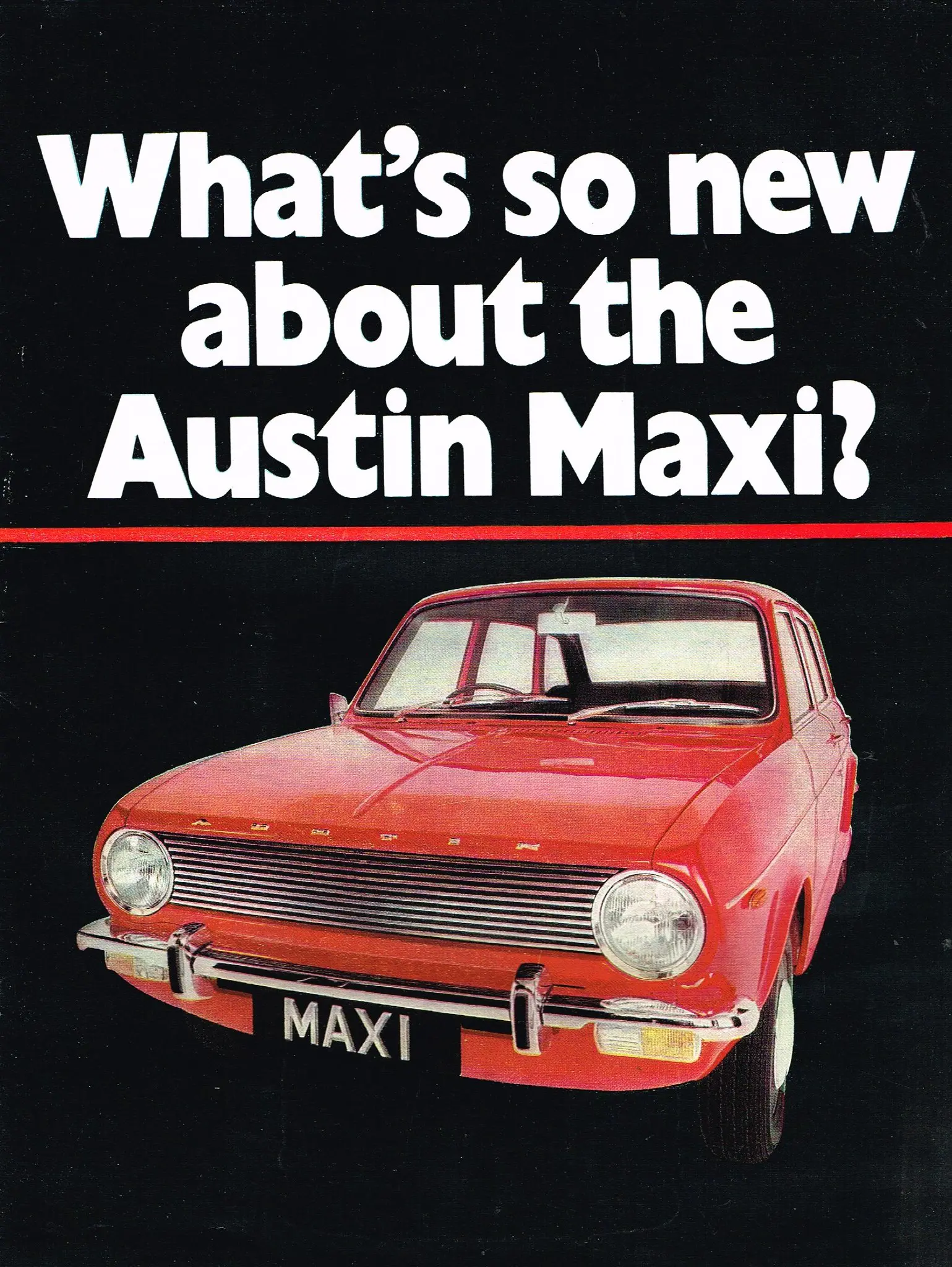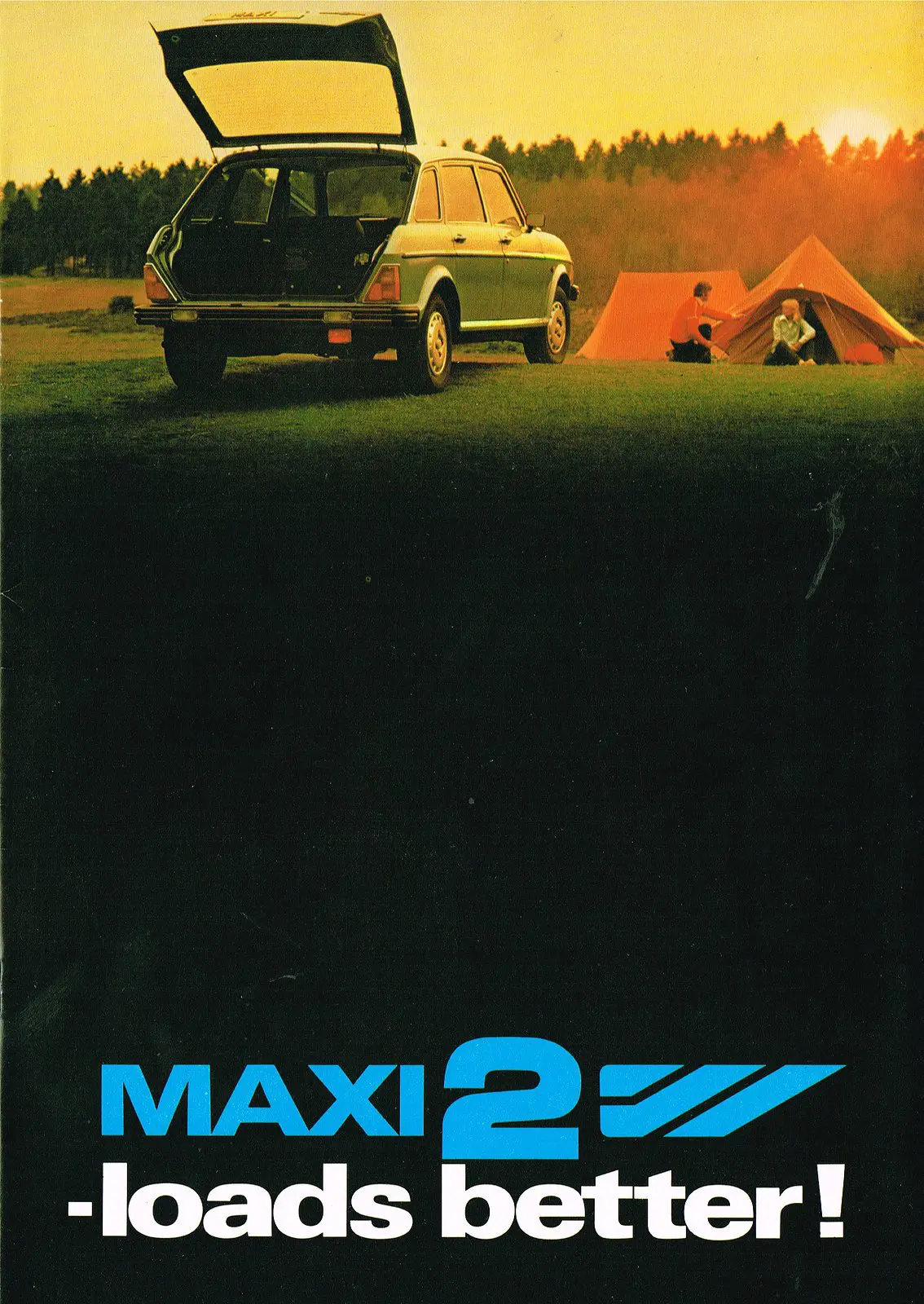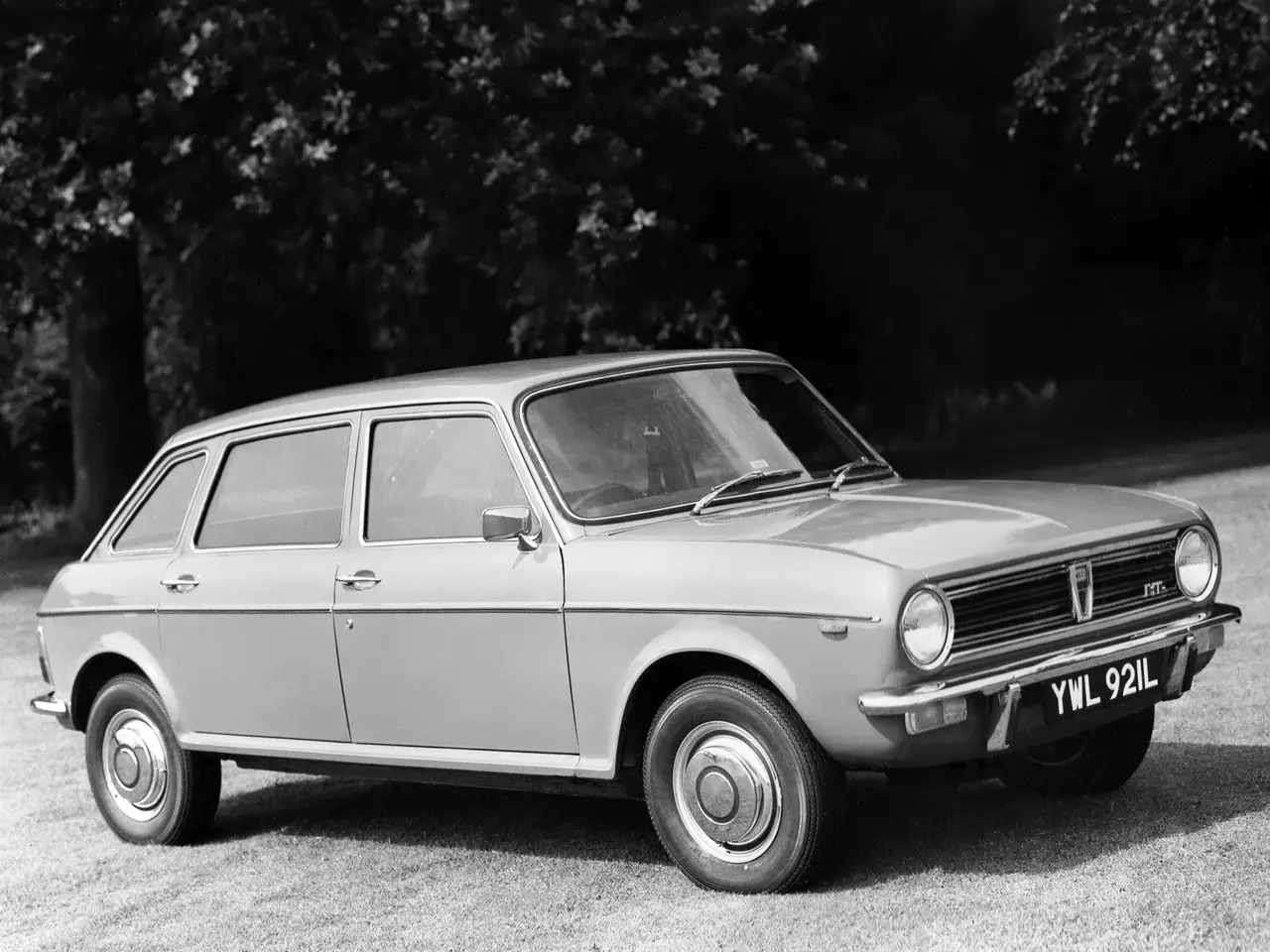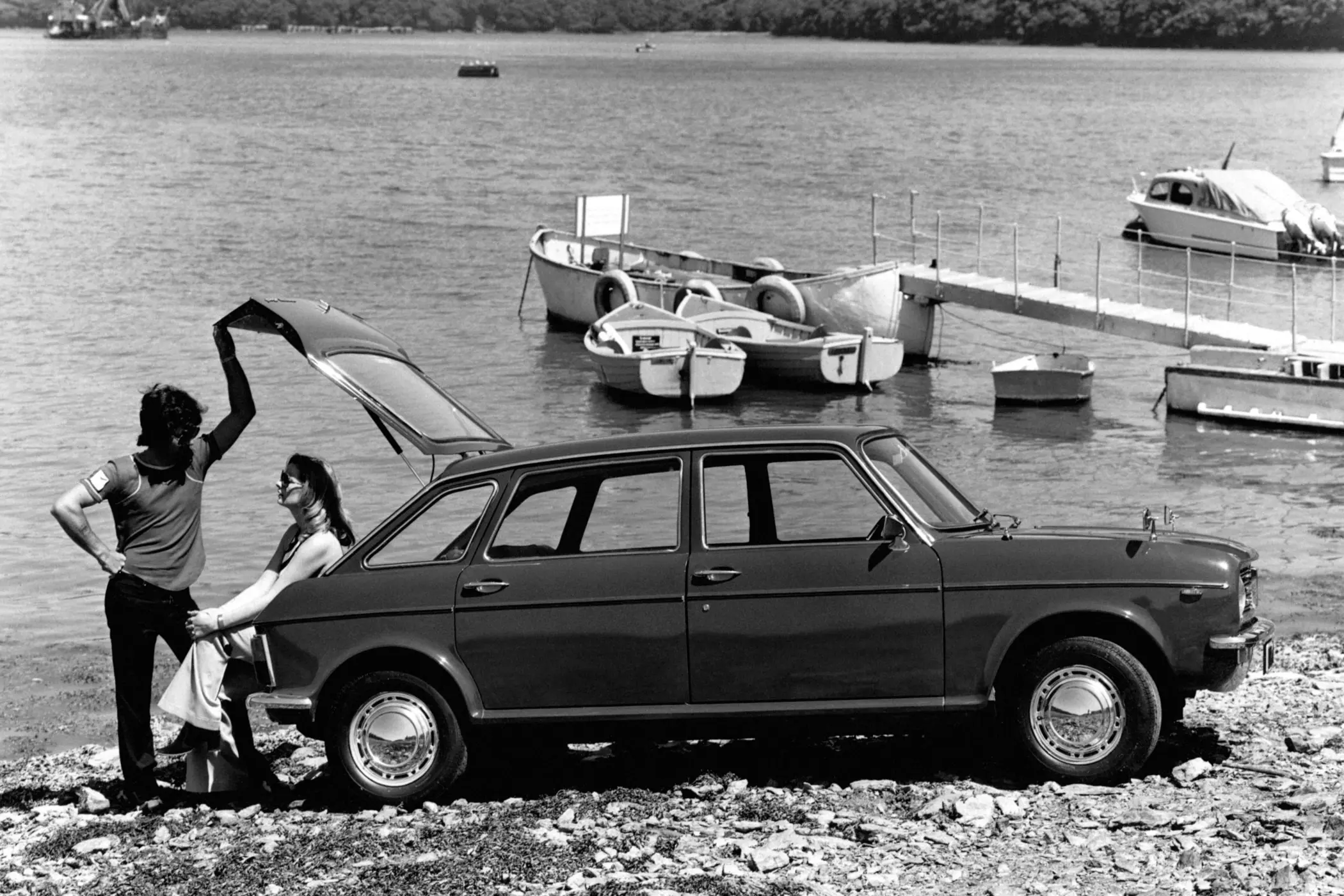THE AUSTIN MAXI REMEMBERED
07 June 2021
One of the more pleasing developments of the past 20 years is the gradual retirement of the “British Leyland Joke”. They are occasionally revived in the form of (very) tired piano references, but BL products are now mainly assessed on their merits. This is especially true of the Austin Maxi, one of the most interesting British cars of its generation.

The history of the Maxi is well-known, it debuted in April 1969 to replace the A60 Cambridge but was effectively relaunched in October 1970. There was now a new grille and the option of a 1,748cc version of the E-series engine. Most importantly, the five-speed transmission was now rod (instead of cable) operated.
1972 saw the debut of the HL “High Line” with twin carburettors, a smart black grille, nylon trim and, naturally, a faux wood finish for the gear knob. Autocar regarded the new flagship model as: “a very welcome addition to a successful British range. It is the sort of excellent compromise that is needed for so many drivers”. Motor Sport believed “big people with loads to carry cannot go far wrong in ordering a British Maxi”.

However, Car of 1973 was less enthusiastic, despite praising the space, versatility and performance. Compared with the Renault 16 TL, the Maxi suffered in terms of “mechanical refinement, quietness, ride comfort and handling”. Two years later, What Car complained that the Maxi possessed great potential as an all-rounder “but for British Leyland letting its design fall behind”.
As the 1970s progressed, BL’s financial status grew yet more precarious and there was little opportunity to invest in significant facelifts. The advertising campaigns were slick and Leyland gained additional publicity when Wimbledon used the Maxi as official transport from 1975 to 1980. Yet, such PR efforts could not mask Leyland’s many problems. And in a recent post to The Daily Telegraph, a former engineering student shared his memories of Cowley. The ‘presses’ had been there since the 1930s, the buildings were ‘crumbling’ and the production lines “worn out and often failing”.

Worse, the painted ‘oven’ was so antique that the insulation asbestos “used to flake off & drop onto the fresh paint and get baked on”. The result was often “more cars waiting to be re-sprayed than were new bodies going in”. The plant lacked a backup, so “the cost of taking the oven out of commission to address the issues was prohibitive & would halt production”.
This correspondent also noted: “I understand other UK plants owned by Ford and Vauxhall were little better, but at least they had the backing of global companies and could re-engineer, which they did”. By contrast, Leyland’s internal turmoil led to the Maxi’s neglect, yet its concept was perfect for the outset. There was no other British car like it in 1969, and indeed, there would be no UK-built direct rival until the Chrysler Alpine in 1976.

The Maxi line-up gained a new top-of-the-range HLS in 1979 – this “superb motor car”, raved the brochure, which further tempted the buyer with ‘black-banded hubcaps’ and a “leather-clad steering wheel”. BL ungraded the range as the ‘2’ in August 1980 before production ceased in 1981 after only 486,273 units were built. It deserved far more success as a genuinely innovative and even bold design, one that was still competitive after 12 years. If only British Leyland had not made it…
Why choose Lancaster Insurance?
Here at Lancaster, we love classic cars as much as you do and we understand what it takes to protect them for future generations.
We have links with some of the top classic car clubs around the country and some of our policies even offer discounts of up to 25% for club members.
Other benefits of classic car insurance through Lancaster can include:
- Historic rally cover
- Static show cover
- Limited mileage discounts
- Choice of repairer
- 24-hour claims helpline
Give your classic the protection it deserves and get a quote for your classic today.
